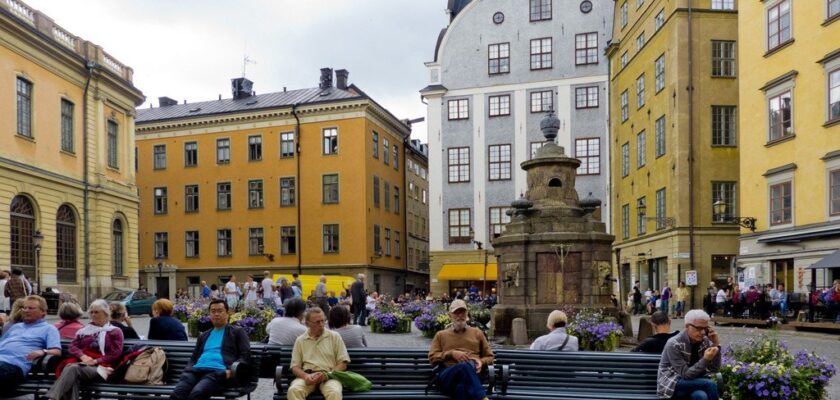Gamla stan
Gamla Stan is one of the largest and most carefully preserved medieval city centers in Europe. Stockholm was founded here in 1252. Until the 1980s, it officially bore the name – City Between the Bridges.
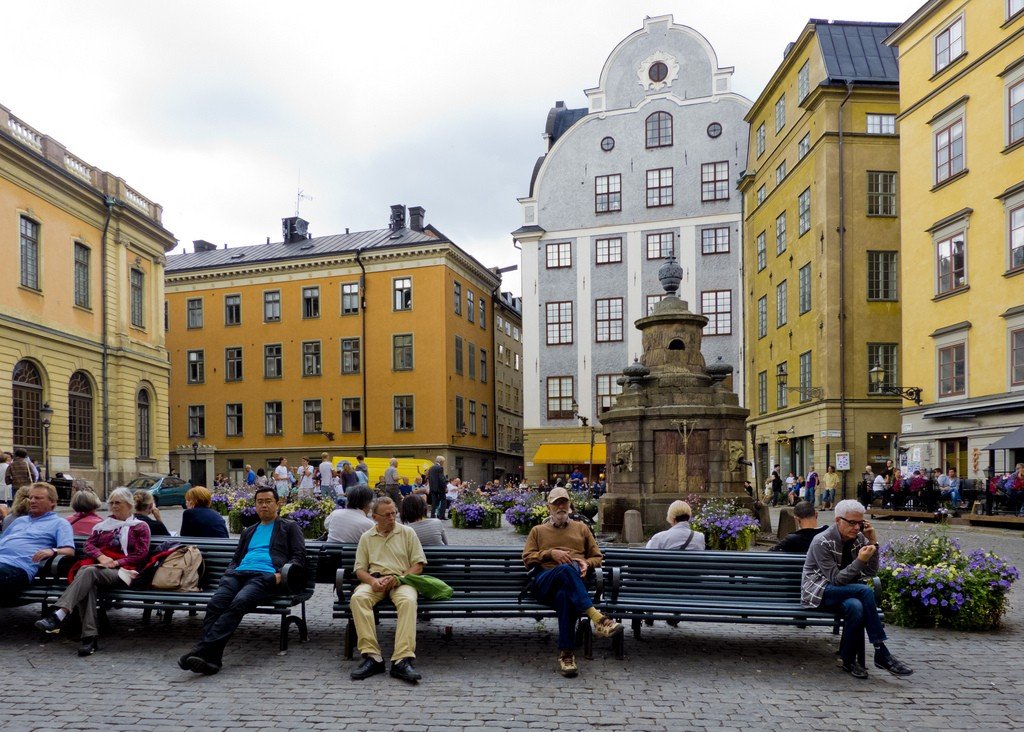
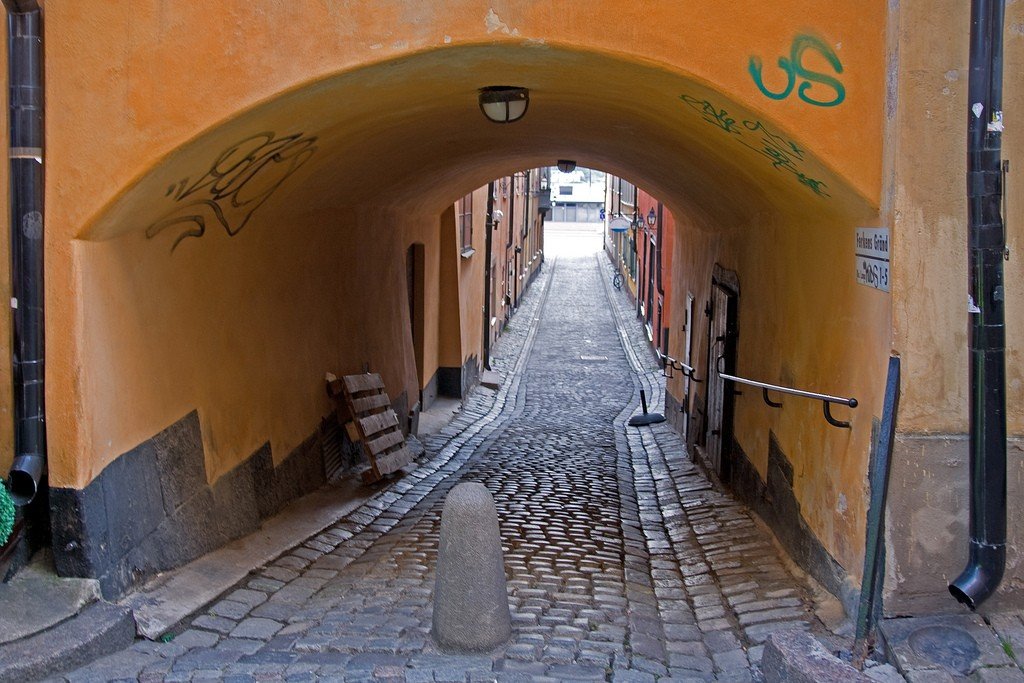
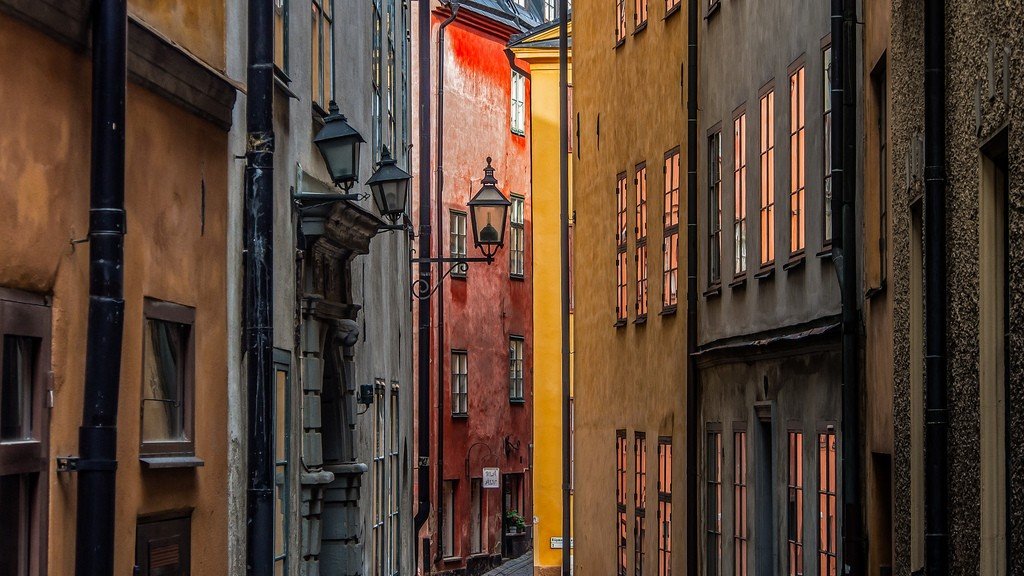
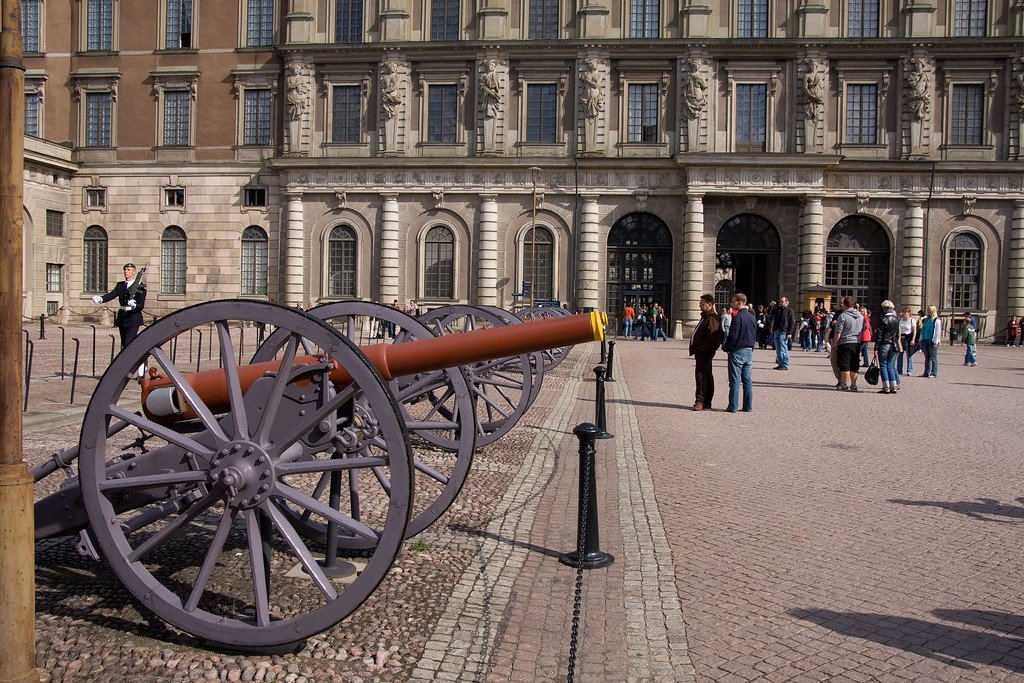
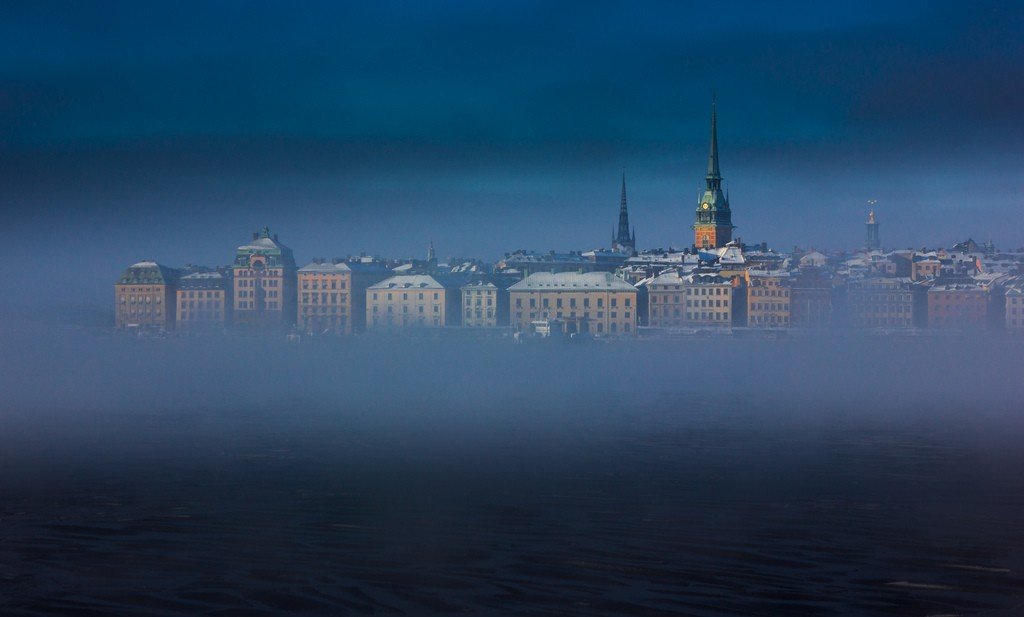
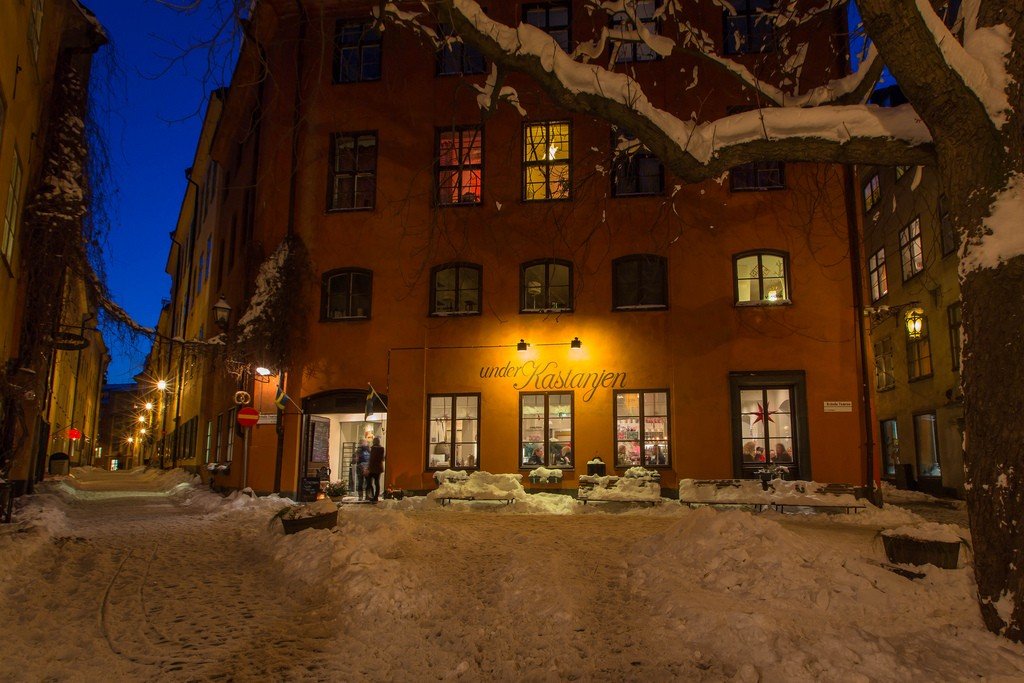
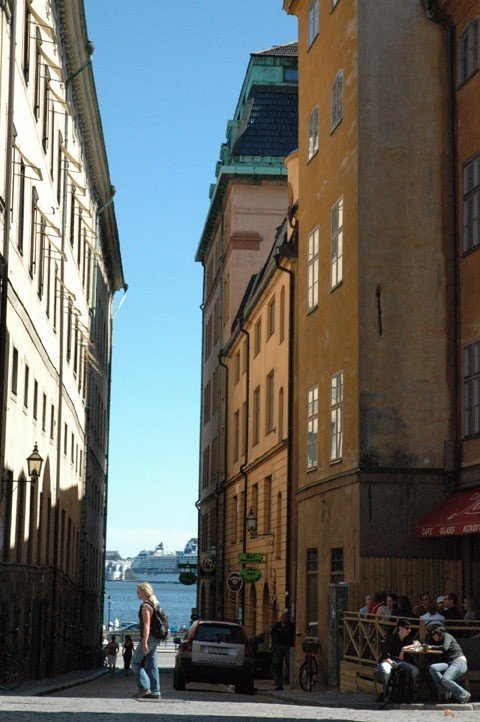
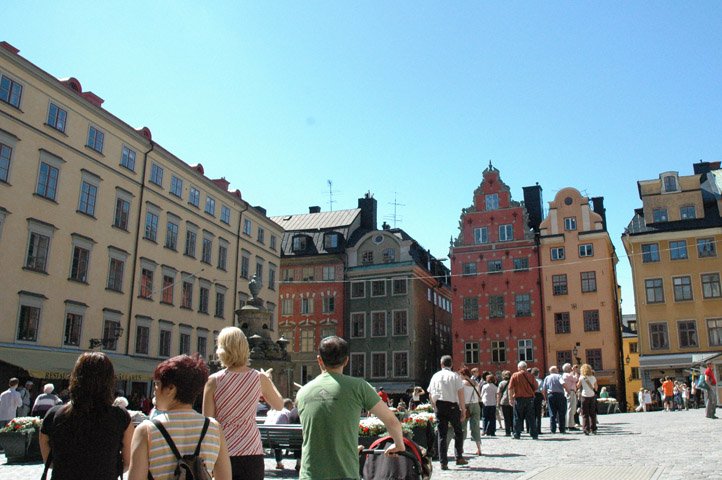
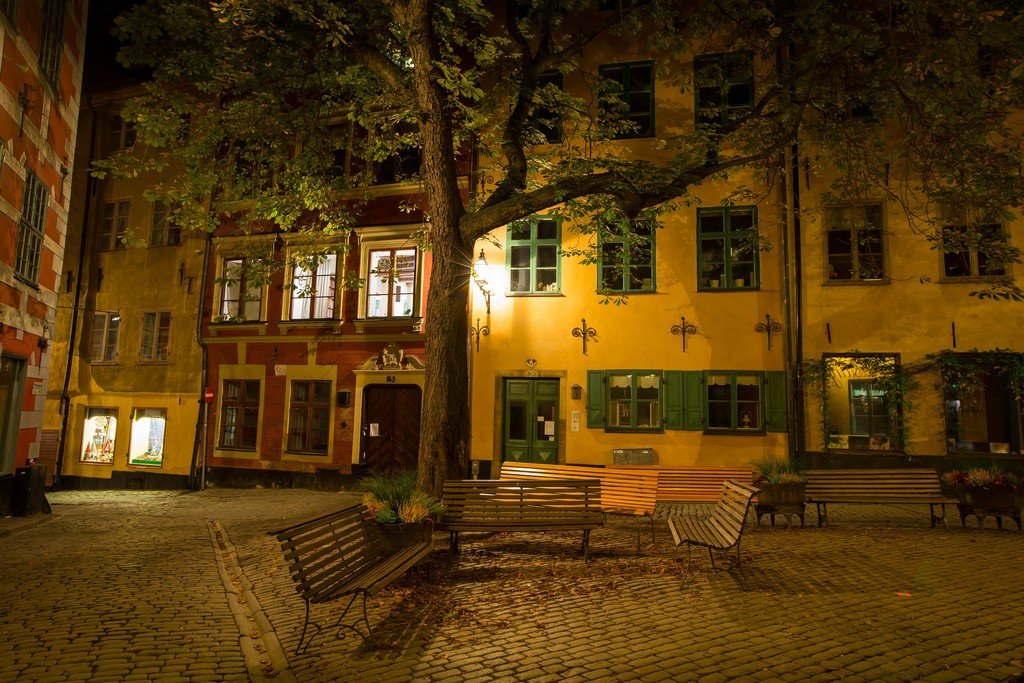
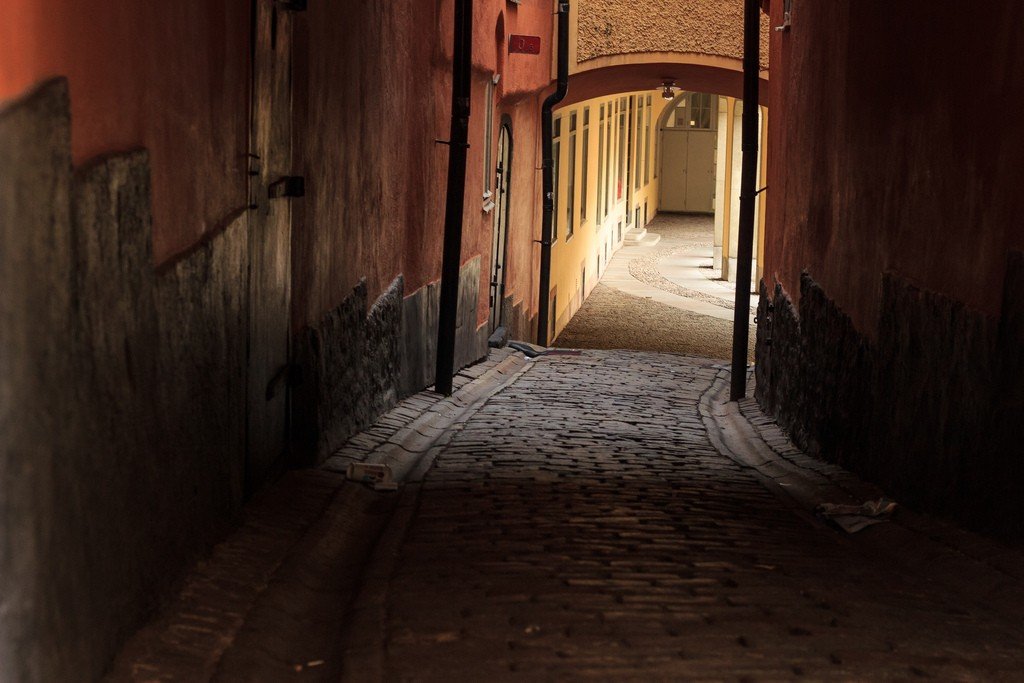
General information
The district of Gamla Stan occupies the island of Stadsholmen (Stadsholmen). Administratively, it includes three other small islands in the neighborhood, but when people say “Gamla Stan”, they mean only Stadsholmen, where in the 13th century Jarl Birger built the fortress that became the heart of medieval Stockholm. From Swedish, “Gamla Stan” translates to “old town.”
Most of Gamla Stan’s buildings date back to the 17th and 18th centuries, however, looking inside the building, it is easy to find a 15th century vaulted cellar or much earlier foundations.
.From the mid-nineteenth century to the mid-twentieth century, Gamla Stan was considered a slum neighborhood, many of its historic buildings were in disrepair, and immediately after World War II several blocks making up five alleys were demolished to expand the Parliament building. In the 1980s, the Old Town became a tourist attraction, and the charm of its medieval and Renaissance architecture was finally appreciated on its own merits.
.
While the dating of the construction of the approximately 370 buildings in Gamla Stan is poorly documented, recent research by volunteers has shown that many buildings previously attributed to the 16th and 17th centuries may be nearly 300 years older.
.What to see
Gamla Stan is one of the largest and best-preserved medieval urban centers in Europe and one of the main attractions in Stockholm. Its narrow winding cobbled streets with beautiful buildings painted in various shades of gold give it a unique character. Gamla Stan is home to many cute stores offering a huge selection of handmade souvenirs and gift sets. It is also home to the largest attraction in the area, the Royal Palace. It is one of the largest palaces in the world. The number of rooms in it exceeds 600! In addition to the various rooms, there are several interesting museums, including the Royal Armory with the royal lats. While on a Stockholm sightseeing tour, don’t miss the military band parade and the daily changing of the guard, believe me, it’s an unforgettable sight!
.The large picturesque square in the center of the Old Town is called Stortorget. It was this square that was the site of the bloody massacre in November 1520, when Swedish nobles were murdered by Danish King Christian II. The ensuing rebellion and civil war led to the dissolution of the Kalmar Union and the election of King Gustav I.
.In addition to Stockholm Cathedral, the Nobel Museum and Riddarholm Church, Gamla Stan also boasts the baroque Royal Palace. The House of Nobility is located on the northwest corner of the Old Town. Den Gyldene Freden, located on Osterlanggatan Street, was opened back in 1722 and, according to the Guinness Book of World Records, is the oldest existing restaurant with an unchanged interior. The famous statue of St. George and the dragon (sculpted by Bernt Notke) can be found in St. Nicholas Church, while Riddarholm Church is the royal tomb. Bollhustappam, a small courtyard south of the main passageway to the Royal Palace, shelters one of the smallest statues in Sweden, the Iron Boy. It was created by Liss Eriksson in 1967.
.